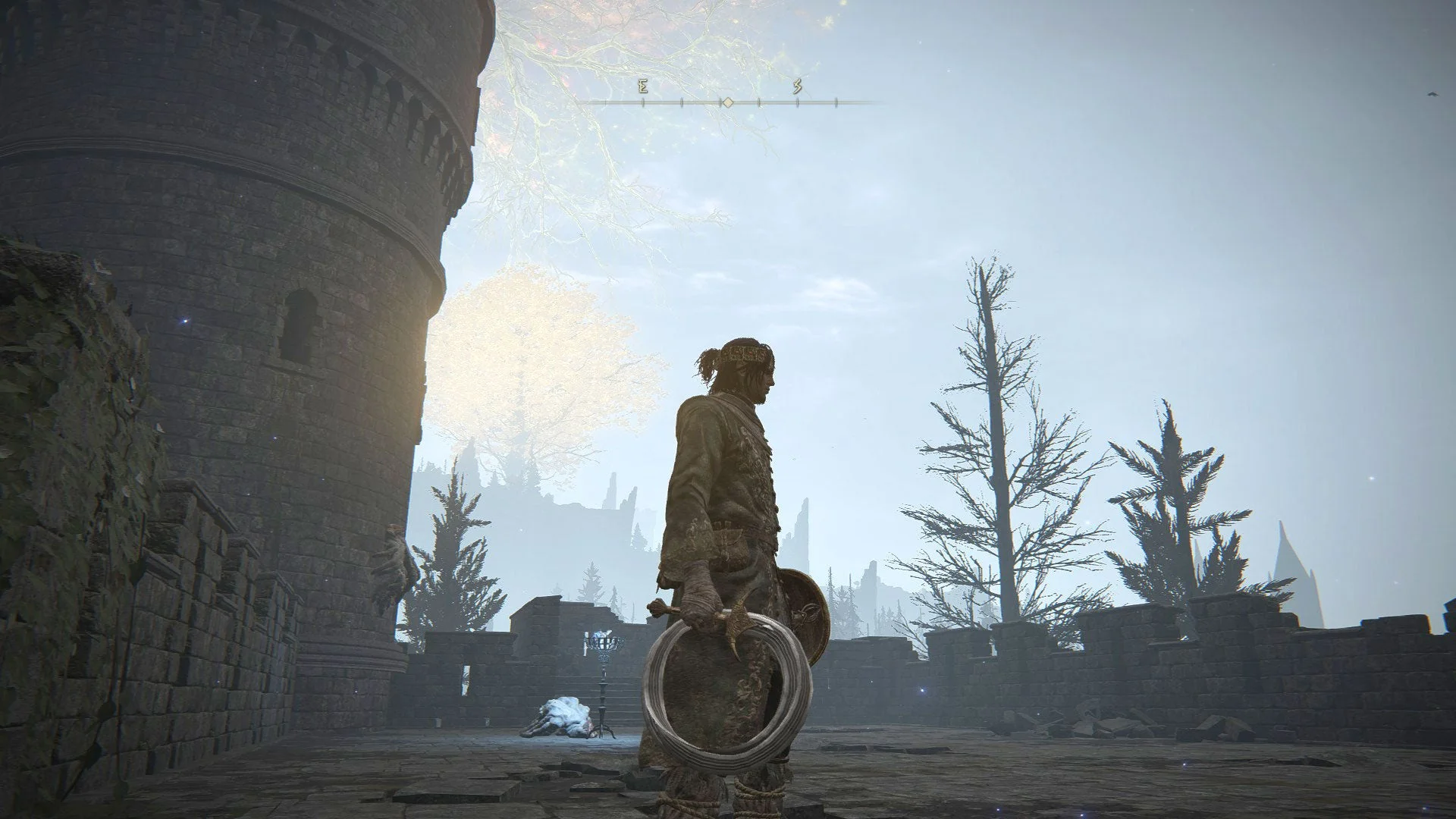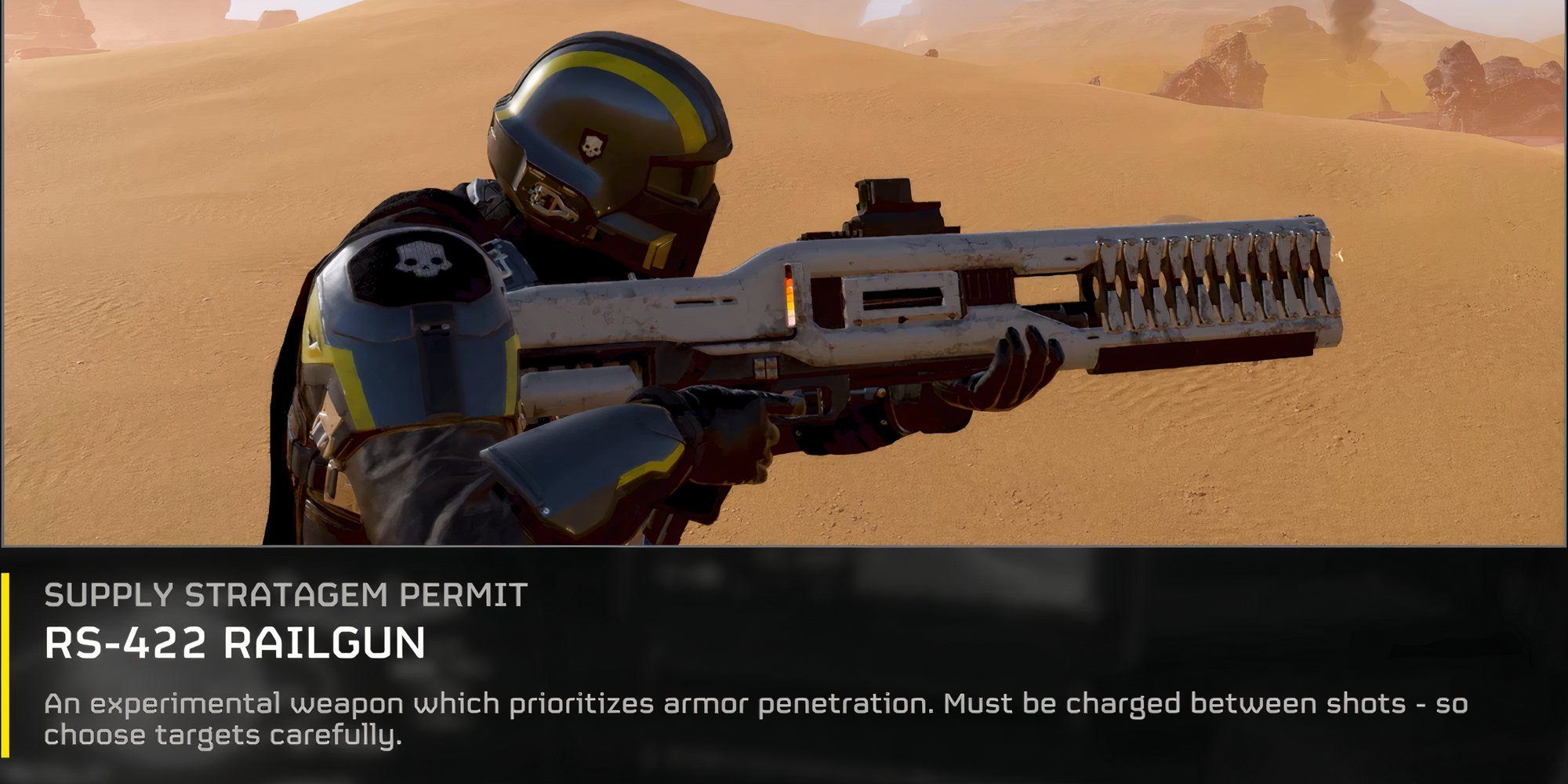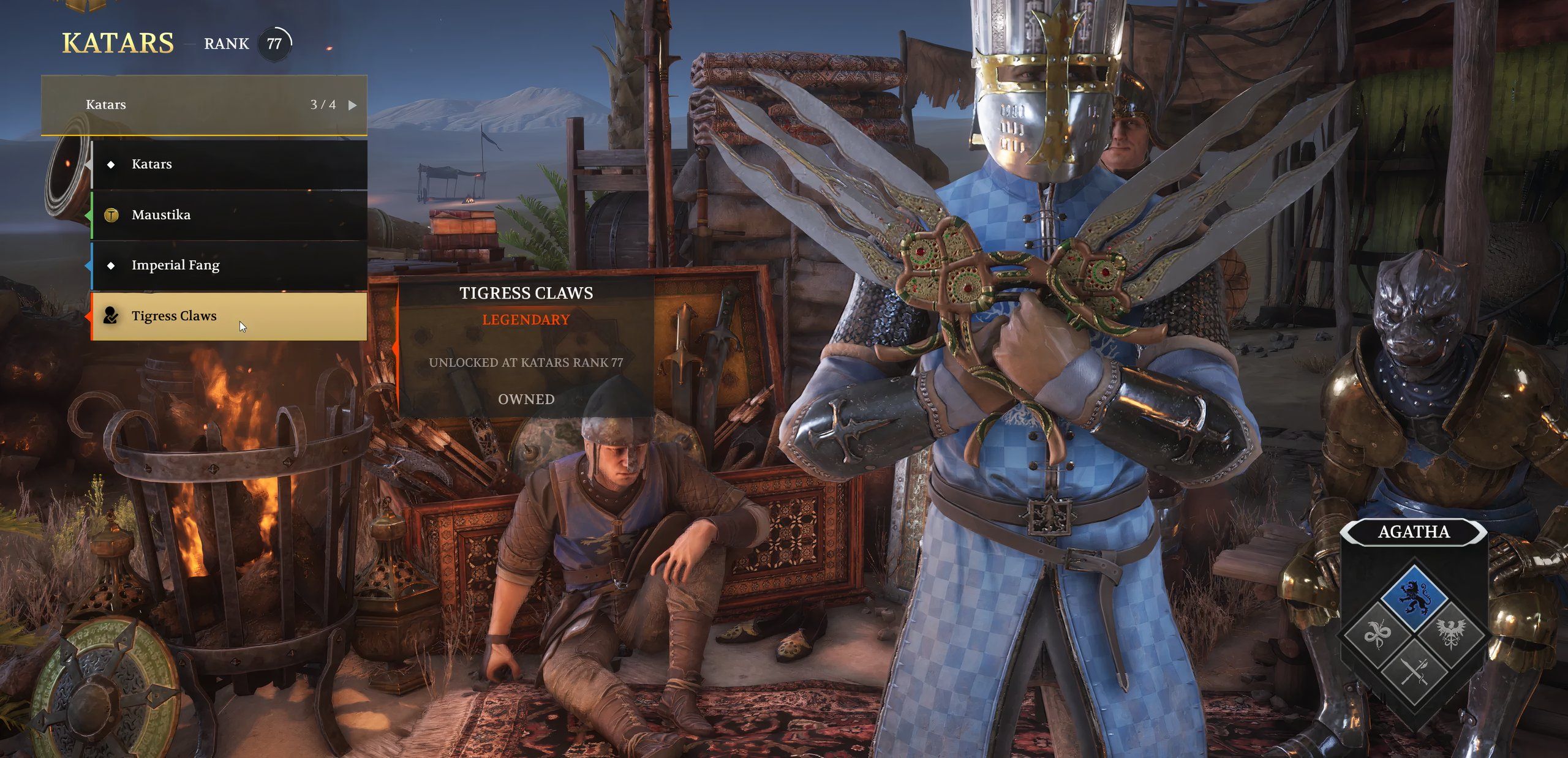Some iconic weapons from video games are too absurd to be real. The Lancer from Gears of War, Cloud’s Buster Sword, and almost everything from Monster Hunter are included. But not every mind-blowing weapon in video games is a work of pure fantasy.
Some incredible weapons are based on the real deal, but not all of them are practical.
7
Gunblades Are Real, but the Worst of Both Worlds
Final Fantasy VIII instilled a whole generation of gamers with a deep-seated love for swords that are also guns. Squall’s gunblade sits in the video game weapons hall of fame for a very good reason. The idea of both stabbing and shooting your enemies at the same time is just awesome.
So awesome, in fact, that the idea occurred to humanity as early as 1575, with some flintlock pistols constructed as gun-swords with a similar design to Squall’s gunblade. The pistol would often rest against the side of the blade, aiming in the same direction as the tip, though it would generally be used as a backup weapon. Think of it like a reverse-bayonet situation—instead of a gun with a blade as backup, gun-swords were blades with guns for backup.
Swords aren’t the only real-world weapons to have a gun slapped onto them either. Humanity has also produced gun-hatchets, gun-knuckledusters, and even a triple-barreled gun-mace, such as the one owned by King Henry VIII. The United States Navy even tried to make a Bowie knife-pistol, called the Elgin pistol, standard issue in 1838.
Unfortunately, these conceptually awesome weapons never became our mainstream way of fighting. Instead of a hybrid that’s good at both close and long range, these chimera weapons were usually unwieldy, being heavier than an ordinary gun and generally more poorly-balanced than a standalone version of the same melee weapon. And of course, they were pretty expensive and complicated, creating logistics and maintenance concerns as well.
6
Guided Bullets Are Terrifyingly Real
Guided missiles and bombs are one thing, but bullets have always had a reputation for being more… archaic. They’re basically just really fancy arrows, their accuracy at the mercy of where you point the barrel, right? Well, the guided “smart” bullets you saw in games like Titanfall 2 or Fortnite are not entirely off the mark. Smart bullets that can change trajectory or speed mid-flight have been a concept since 1998 and a reality since 2008.
The first known operational smart bullet came in the form of DARPA’s EXACTO program, launched in 2008. It’s a fire-and-forget smart rifle, presumably able to lock on to a target, fire, and have a bullet that corrects its trajectory mid-flight to hit it. Though the exact technology behind EXACTO has not been made public, the weapon was test-fired in 2015 with successful results.
Other types of smart bullets may use a laser designator, being guided toward a target in a fashion similar to a laser-guided missile. Such a model was announced by Sandia National Laboratories in 2012, and it can allegedly update its position 30 times a second to hit a target that is a mile away.
These types of bullets are not commonplace in warfare yet, and admittedly, they’re nothing like the close-range tracking bullets that pull a 90-degree turn within three feet of flight time, like you see in some video games. However, “steerable” or “homing” bullets are a reality, and they will no doubt become more prevalent at some point in the future.
5
Whip Swords Bend the Rules of Swordplay
Ivy Valentine from Soulcalibur is iconic for a variety of reasons, but one of them is undoubtedly her serpentine whip sword, which can transform from a rigid blade into a flowing link of sword pieces to attack at a distance. If you played Elden Ring, you may also recall coming across the urumi, a bladed weapon that shared a moveset with the many other more traditional whips in the game.
Ivy’s signature weapon is a more fantastical rendition of the concept, but Elden Ring‘s urumi is actually very close to the real deal. The name isn’t even made-up—the urumi is a real weapon that hails from India. The blade is made of flexible Wootz steel and is razor sharp on both sides. It’s not as long as the one seen in Elden Ring, generally being around 4 to 5.5 feet, and it definitely can’t harden into a rigid spike for thrusting, but it’s impressive nonetheless.
The urumi is pretty much a short whip that can slice you, wielded like a sort of flail using centrifugal force for deadly cuts. It can even have multiple blades attached to one hilt, with some Sri Lankan versions having up to 32 deadly limbs. While intimidating and ideal for fights against a group of enemies, it’s a difficult weapon to master and could easily hurt an inexperienced wielder, which is why it is the last weapon to be learned by students of Indian martial arts like Kalaripayattu.
4
Laser Weapons Aren’t Science Fiction Anymore
Laser weapons have been a mainstay of many science fiction video games. Ace Combat, Halo, Fallout, Warframe, and tons of other games have all featured weapons that fire sustained laser bursts to incinerate your enemies. The idea for laser weapons has been around for a long time, but only recently has such weaponry become viable for real-world use. They’re called directed energy weapons.
In 2019, the United States Navy fielded the High Energy Laser with Integrated Optical-dazzler and Surveillance (HELIOS), a 60-kilowatt high-powered laser weapon intended to take down drones, aircraft, and even missiles. We’re talking a real laser here—a continuous energy beam traveling at the speed of light to destroy targets. This isn’t the first laser weapon to be developed, but it is one of the largest.
Laser weapons do have some challenges holding them back, such as atmospheric conditions heavily limiting their function or viability. However, they are extremely precise under the right circumstances and much cheaper per “shot” than the weapon systems that would be doing the laser’s job in most cases. Because of this, we’re likely to see more and larger laser weapons in the near future, with models in the 150-300 kilowatt range being tested as of 2024.
3
Railguns May One Day Replace Conventional Cannons
The great Helldivers 2 railgun nerf may have caused controversy around a purely fictional weapon, but railguns were a realized concept as early as 1917, when French inventor André Louis Octave Fauchon-Villeplée created a small working model. Since then, there has been plenty of interest in the production of a viable railgun, with designs cropping up in World War II and almost every decade afterward.
The main thing holding back the viability of military-grade railguns like you see in Helldivers 2 is the power required to operate them. While building your own low-power railgun is actually quite common as an amateur project, the amount of power needed to make a railgun that can fight aliens or even be used as an effective weapon on a real battlefield is too much for man-portable options based on current technology.
However, we can pack a big enough generator for deadly railguns on warships or as fixed emplacements. In 2010, the United States Navy tested a railgun that accelerated a 7-pound projectile to Mach 10, otherwise known as 7,600 miles per hour. While there are still many aspects of railguns holding it back from widespread military adoption, including power draw, production costs, retrofitting, complexity, it’s very likely that the technology will continue to be developed in the future.
Maybe one day, real grunts on real battlefields will complain about how their railgun manufacturer ruined their favorite weapon.
2
Fighting Like Marvel’s Wolverine Is Historically Accurate
X-Men’s Wolverine mostly just punches people, but with long blades coming out of his fists. This isn’t a new concept birthed by a comic book—human beings have been trying to punch each other with blades for hundreds of years. There’s a whole category of weapons designed for this purpose, called push daggers. There are many types of push daggers out there, but one of the more iconic is the katar.
Its biggest video game appearance has probably been as Voldo’s main weapon in the Soulcalibur series, though katars have appeared in other games as well, such as Chivalry 2 and Brawlhalla. The katar is a weapon of Indian origin recognized by its H-shaped grip that placed the long blade directly over the wielder’s knuckles. The weapon was used with a closed fist, so using it in battle was quite similar to just punching people with a dagger.
These weapons are hundreds of years old and are still taught in Indian martial arts, and they have also received the gunblade treatment throughout history, just like many other weapons. While they aren’t used for any form of serious combat in the modern era, katars are often used ceremoniously in India even today.
1
Smart Airburst Grenade Launchers Aren’t Limited to FPS Games
In the heyday of Battlefield 4, one of my favorite weapons for hectic battles in the Metro was the XM-25 grenade launcher. This bad boy fired airburst grenades that would fly over a piece of cover and explode right behind it, making it an excellent—and terrifying—weapon in scenarios where the other team was constantly huddling behind any cover they could find. I could go on quite a streak with that thing.
The XM-25 may seem like a science-fiction weapon created for a video game, but it’s a very real piece of equipment. It’s a squad-level grenade launcher that uses a laser rangefinder to program the fuze delay on the grenades. Basically, if you aimed the laser at a piece of cover that was 300 feet away, the grenade could be programmed to explode after flying 301 feet, hitting the target behind it.
It’s not hard to see why the military would want something like this, and it even saw some limited use in 2010, but the whole project got officially canned in 2018 even though studies showed it to be 300% more effective in combat than other, more traditional grenade launchers. The main issues cited were weight (the weapon alone was 14 pounds, with a full complement of ammo, the weight was 35 pounds) and the fact that a soldier carrying one had to sacrifice their rifle in exchange.
Of course, in video games, we don’t have to worry about pesky things like weight and chronic back pain. What’s five hundred pounds of weapons, armor, equipment, and ammo to your digital avatar? But for the real world, even a scarily effective weapon like the XM-25 can go unused due to factors like that.
As you can see, there are lots of insanely cool video game weapons that are taken straight from reality. Fiction is awesome, but the same creativity that humans use to make things up for a video game is used to make things in real life, too. That said, there are plenty of wild weapons in video games that truly are the result of a fantastical whim straight from some game developers mind.









